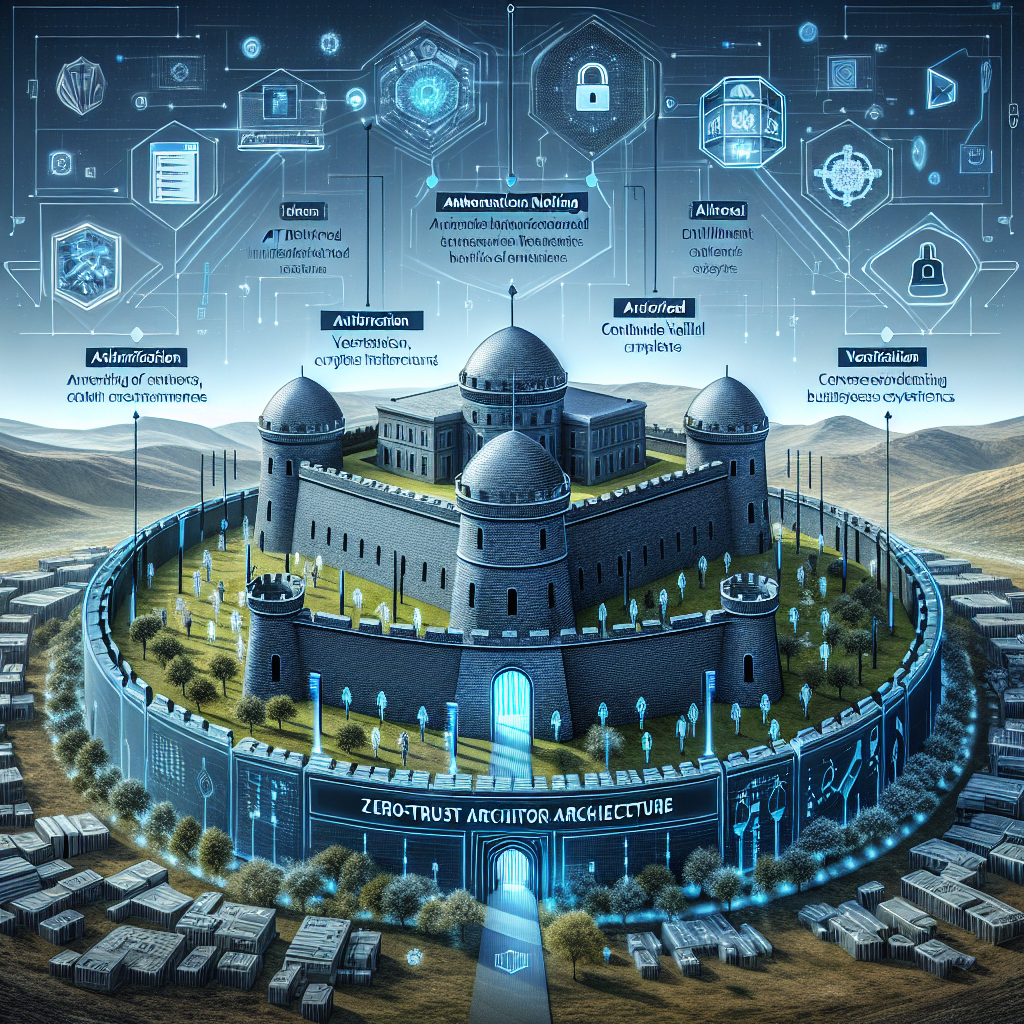The concept of Zero-Trust Architecture (ZTA) is gaining significant momentum in the cybersecurity realm, as organizations increasingly acknowledge the inadequacy of traditional perimeter-based security models.
Amid rising cyber threats and data breaches, the zero-trust approach—trust nothing, verify everything—is proving indispensable in safeguarding critical digital assets.
One of the core principles of Zero-Trust is strict verification. Unlike conventional security architectures operating on the outdated assumption that anything inside the network can be trusted, Zero-Trust requires all users, whether inside or outside the organization, to be authenticated, authorized, and continuously validated before accessing applications and data. This shift is essential in a landscape where cybercriminals are more sophisticated than ever, with insider threats being just as plausible as external attacks.
Real-world implementations showcase the efficacy of Zero-Trust strategies. For instance, Google’s BeyondCorp initiative, launched to eliminate dependence on a privileged network, was integral to Zero-Trust's adoption and set a benchmark for other corporations to follow. The goal is a comprehensive user verification process that is both granular and adaptive, responding in real-time to potential threats without compromising user experience.
Yet, the transition to Zero-Trust is not without its challenges. Organizations need to reassess their workflows, innovate their existing IT infrastructures, and ensure that all departments are aligned in adopting these new processes. This transformative change parallels adopting other technologies like cloud network security and AI-driven threat detection systems, areas where organizations must also invest for a holistic security makeover.
Amid these changes, regulatory compliance plays a significant role. Regulations such as GDPR and CCPA emphasize protecting user data, indirectly mandating organizations to reassess their security protocols. Implementing a Zero-Trust model supports compliance efforts by minimizing the risk of breaches and unauthorized data access.
The Zero-Trust architecture is a revolutionary approach designed to protect against the modern threats of today's digital landscape. As a consultant who has observed the industry's trajectory over the years, it is evident that adopting these practices can significantly elevate an organization's security posture, ultimately leading to safer and more resilient business environments.
Estimated reading time: 1 minute, 46 seconds
The Rise of Zero-Trust Architecture in Cybersecurity Strategies Featured
 Explore the emergence of Zero-Trust Architecture in cybersecurity, a critical strategy protecting digital assets against sophisticated threats.
Explore the emergence of Zero-Trust Architecture in cybersecurity, a critical strategy protecting digital assets against sophisticated threats.
Latest from Security Tech Brief
- Navigating the Future of Cybersecurity with AI-Enhanced Solutions
- Navigating the Rising Tide of Cyber Threats: Key Trends and Strategies for 2024
- The Rising Threat of Phishing in Cybersecurity: A Call to Action for Businesses
- The Rise of Zero-Day Vulnerabilities: A New Wave of Cybersecurity Challenges
- Navigating the New Wave of Cyber Threats: Key Strategies for Businesses
Most Read
-

-
Jan 30 2020
-
Written by Security Tech Brief Staff
-
-

-
Jan 25 2019
-
Written by Security Tech Brief Staff
-
-

-
May 27 2019
-
Written by Security Tech Brief Staff
-
-

-
Jun 01 2019
-
Written by Security Tech Brief Staff
-














